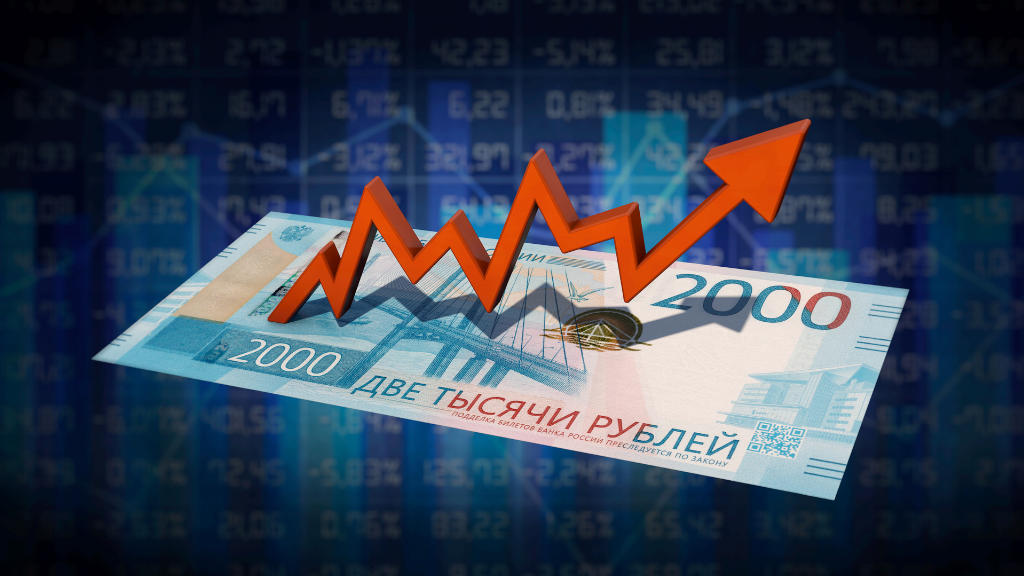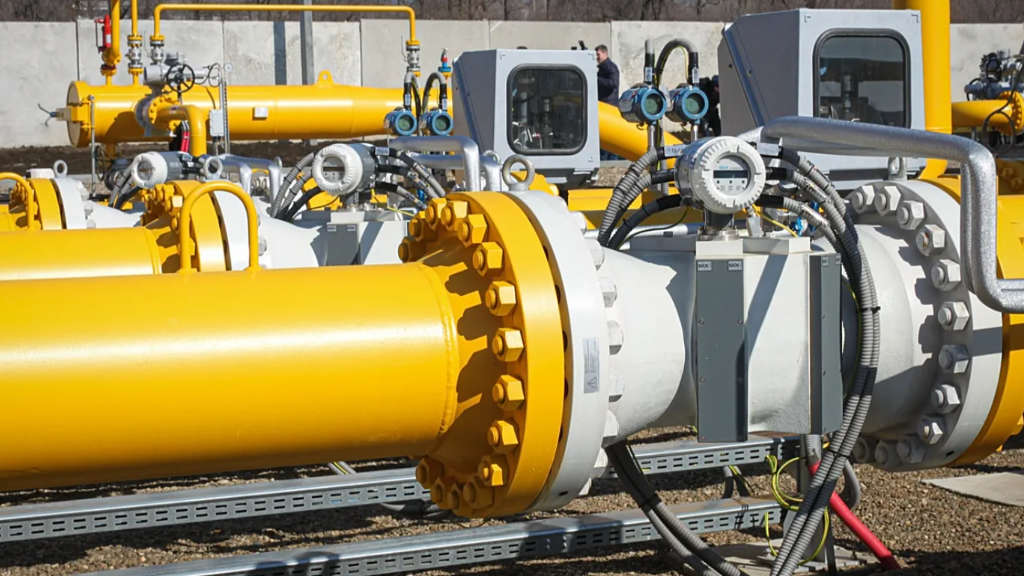2024 was a banner year for Russia’s collective investment markets, which expanded with a record number of mutual funds and the largest number of new management companies for over a decade. Wealthy investors – including foreign investors – are primarily interested in Russian industry. Since sanctions were imposed in 2022, Russian investors have been limited in their ability to place capital into foreign activities, and now prefer closed-end Russian mutual funds.
Retail instruments, such as open-ended and exchange-traded mutual funds have also found customers, but the creation of management companies for them involves higher costs.
During 2024, the Bank of Russia issued licenses to almost fifty companies to manage investment funds, 2.5 times higher than 2023, and the highest since 2012.
After the transfer of powers of the Federal Financial Markets Service to the Bank of Russia in 2013 and the creation of a Russian mega-regulator, the number of licenses issued has decreased. While the Central Bank did not immediately tighten the requirements for calculating the equity of management companies, only the most liquid assets (primarily cash and high-rated bonds) were accepted for assessments.
In addition, the regulator began to “clean up” the collective investment market, just as it did with the banking market. As a result, at the beginning of 2025, the total number of Russian financial management companies has now reached 324, with significant improvements in capital and available volumes. That has led to an increase in the assets under their management. According to the Central Bank, according to the results of the three quarters of 2024, these amounted to ₽23.9 trillion, (US$27 billion) having added ₽3 trillion since the beginning of the year, reaching almost 12% of Russia’s GDP.
The increased popularity of the mutual fund management and trust management business is related to the events of early 2022, which had a radical impact on the Russian economy and stock market. The introduction of restrictive measures by the EU and the United States against Russian businesses has become a key driver of the growth of the mutual fund segment. Western financial institutions began a policy to minimize the number of Russian clients, with accounts being closed, meaning funds began to return to Russia in order to avoid freezing. In addition, newly generated Russian capital, which previously would have flowed into Western banks and investment companies, now remains in Russia.
These funds need infrastructure for maintenance, and personal mutual funds have currently proven the best option. These are the Russian equivalent of foreign trusts. They are suitable for solving not only collective, but also individual tasks, such as the securitisation of assets from unfair practices such as sanctions. The mechanism of business structuring through Russia’s ZPIF tool allows companies to protect themselves from possible restrictions from foreign counterparties, implement partner investment projects, prepare companies for IPOs, and ensure the return of capital from unfriendly jurisdictions.
There are also tax benefits: mutual funds are not subject to income tax before income is distributed among shareholders, which allows reinvesting funds and accelerating capital growth, as well as simplifying asset management. This is important for Russian developers who can receive funds through the sale of shares and finance their projects at the expense of the fund.
About three quarters of Russian Mutual Funds intend to structure assets for wealthy Russians and Russian companies in the form of closed-end funds, with at least five Russian companies already having mutual funds under management.
Many wealthy Russians however have chosen not to transfer their capital to the management of a third-party management company, but to create their own management company. In addition to this, companies are actively creating multi-profile holdings to manage or package assets.
The number of registered funds of this type has also grown rapidly. According to data from the Bank of Russia, by the end of 2024, the 762 mutual funds were registered with rules of trust management, a record figure for the Russian collective investment industry. In less than three years, the inflow of funds to these funds amounted to more than ₽5.4 trillion.
The retail segment has also been involved in rapid growth of the collective investment market, but its results have been more modest. Exchange-traded funds, and money market mutual funds have become the main locomotive of this segment. According to estimates, in 2024, total net inflows to such funds amounted to ₽729 billion, and to money market funds ₽776.9 billion. (Note ₽100 billion is worth about US$1 billion).
In Q4 in 2024, inflows amounted to ₽457 billion and ₽504 billion, respectively. At the same time, open mutual funds were able to attract just over ₽24 billion. By the end of the year, net assets of all retail funds exceeded ₽1.9 trillion for the first time in Russia’s history, an increase of 73%. This money will continue to finance the Russian economy, its growth and especially its pivot to Asia.
Further Reading





